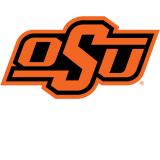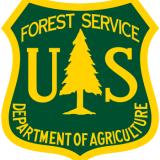For the latest forecasts and critical weather information, visit weather.gov.
Soil Moisture and Wildfire - Improving Fire Danger Rating Systems: November 16, 2022
The National Coordinated Soil Moisture Monitoring Network (NCSMMN) is hosting a quarterly online seminar series to regularly share innovative soil moisture research activities. This seminar focused on opportunities for applying soil moisture information to inform fire danger rating systems.
Few existing fire danger rating systems incorporate soil moisture information, even though such information is increasingly available and has been shown to help improve predictions of fuel loads, fuel moisture, wildfire probability, and wildfire size. This seminar provided a summary of the growing body of evidence indicating the benefits of including soil moisture information in fire danger rating systems, addresses some of the unique challenges to using soil moisture information in those systems, and provided suggestions for addressing these challenges.
For more information, please email Marina Skumanich (marina.skumanich@noaa.gov).




